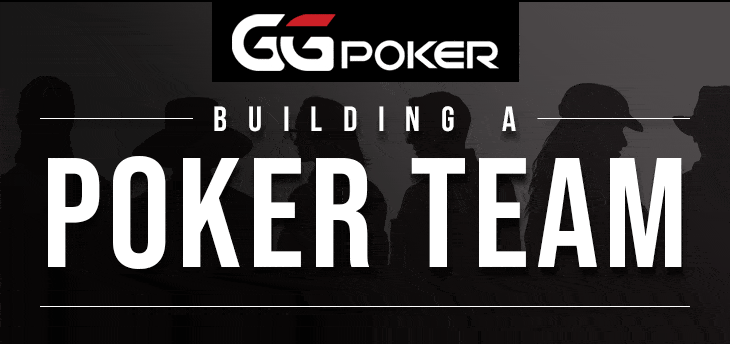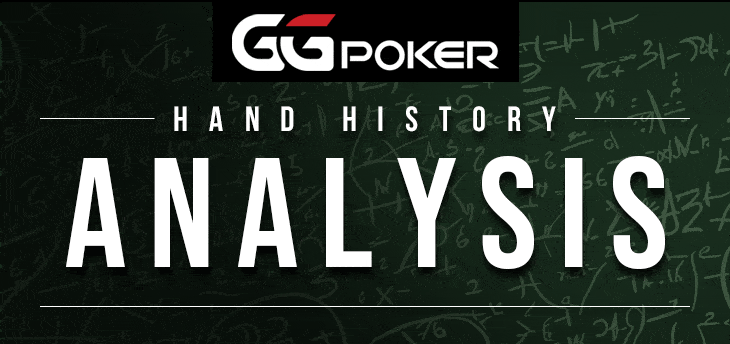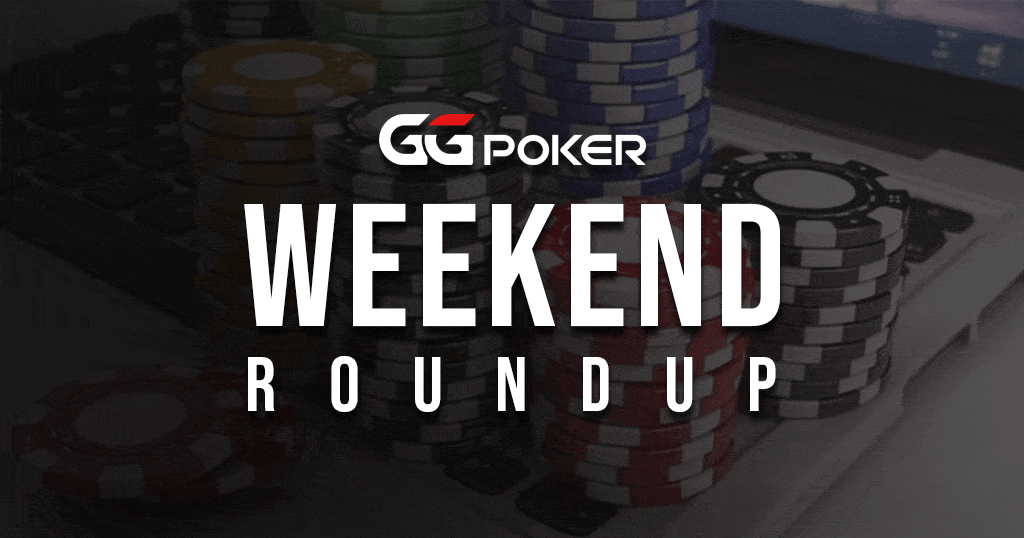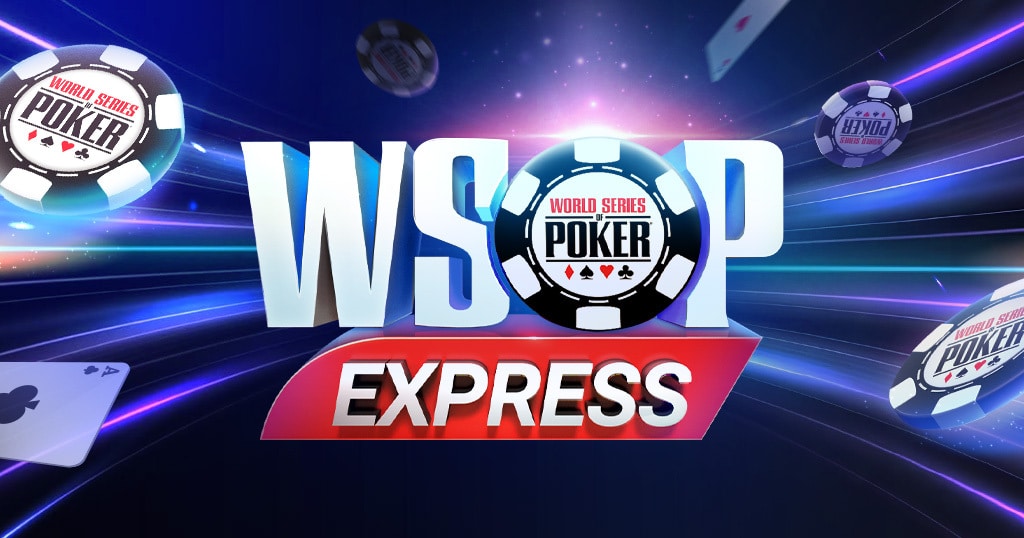Tips for Better Bluffs – Part II
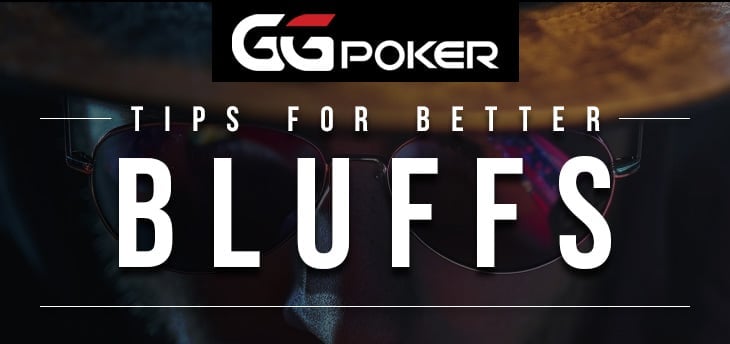
Welcome to Part 2 of this exploration into the art of bluffing in poker. Building on the foundational strategies from Part 1, this installment dives into the psychological intricacies of poker. We will examine how to read opponents’ tells and manipulate their perceptions, crucial skills for any player looking to master bluffing. By understanding the subtleties of human behavior and applying this knowledge at the poker table, you can significantly increase your ability to control the game’s flow and deceive your opponents effectively. Join us as we continue to refine the craft of bluffing, turning it into a formidable weapon in your poker arsenal.
Leveraging Weak Preflop Ranges for Bluffing
Bluffing becomes significantly more manageable when your opponent starts with a weak preflop range. The less they have initially, the more vulnerable they are to aggressive post-flop play. Understanding and identifying these weak ranges can set you up for successful bluffs throughout the game.
Take the common scenario where a player checks or calls a standard raise from the big blind. This position typically sees a player defending their blind with a wide variety of hands, many of which are suboptimal. Since no one relishes the idea of folding after already committing chips as the big blind, this creates a perfect bluffing opportunity for you. Post-flop, these players often find themselves with lackluster hands—usually at best low pairs or weak draws that do not connect well with the board, making them prime targets for your bluffs.
Expanding on this, consider players who habitually open with too many hands. These players stretch their starting hand criteria too thin, often leading them to enter the flop with weaker holdings. By executing a three-bet against such players, you effectively challenge their loose range, forcing them to proceed to the flop with hands that are less likely to withstand pressure. This strategy not only capitalizes on their preflop looseness but also sets you up to dominate the post-flop action, especially if the flop doesn’t significantly improve their hand.
Moreover, players who frequently cold call preflop present another favorable bluffing opportunity. Often these players are reluctant to fold any hand that has even a remote potential, such as suited connectors or low pairs. This stubbornness to fold can work to your advantage. Since their hand range is so broad and generally weaker, you can apply aggressive betting across multiple betting rounds. The pressure of continuous bets can compel them to fold, especially if the board develops in a way that doesn’t clearly benefit their range.
By focusing your bluffing efforts on opponents with these weak preflop tendencies, you can assert dominance from the flop onward, manipulating the pot size and controlling the game’s pace. The key is to maintain a robust and aggressive image that discourages opponents from taking risks against you, leveraging their initial weakness to secure a longer-term strategic advantage.

Bluffing Artistry
Bluffing in no-limit hold’em is not merely a trick but a strategic skill that underscores the psychology and subtlety of high-stakes poker. It’s about understanding not just the cards but also the person across the table, recognizing their patterns, and assessing the best moments to act. This technique requires a blend of precision, psychological insight, and bravado.
To effectively bluff, remember to adapt your strategy based on the game dynamics. Mastering the art of the all-in bluff at critical moments can shift the balance of power in your favor, creating doubt and hesitation in your opponents. Targeting calculated players who rely heavily on logic and patterns allows you to exploit their disciplined approach, especially when they’re less likely to take risks on ambiguous hands. Similarly, exploiting weak preflop ranges can set the stage for successful bluffs, as players defending wide ranges are often less equipped to contest aggressive post-flop play.
Moreover, manipulating passive play on coordinated boards can yield significant dividends. Such boards frighten players with mediocre hands, providing a golden opportunity to bluff, especially if their initial reaction is cautious or uncertain. And in higher buy-in games, the psychological stakes are exponentially magnified. The fear of significant financial loss can cloud judgment, making players fold hands they might otherwise play more aggressively.
Ultimately, the most effective bluffs are those that are well-timed and finely tuned to the psychological undercurrents of each game. Whether it’s leveraging the fear instilled by a threatening board or capitalizing on the conservative nature of high-stakes game players, each bluff should be thought of as a strategic move designed to maximize psychological impact.
Incorporating these principles into your game requires not just an understanding of poker strategy but also a deep read of the human element involved in every hand. As you refine these skills, you’ll discover that bluffing can shape the flow of the game and alter your opponents’ perceptions, making you not just a player, but a formidable strategist at the table.

Elevating Your Bluffing Game to an Art Form
Bluffing, like value betting is, in no-limit hold’em is more than just a skill, it’s an intricate part of the game that involves strategic manipulation and psychological warfare. Mastering the all-in bluff demonstrates the critical role of timing and pressure, compelling opponents to face their fears and make challenging decisions. Targeting calculated players allows you to exploit their predictability and coax folds from those who usually rely on more methodical strategies.
Leveraging weak preflop ranges is another fundamental tactic that preys on the vulnerabilities of indiscriminate players from the outset. These early-stage maneuvers set the tone for successful, bluff-driven plays, enhancing your ability to manipulate the game’s flow. By integrating these advanced techniques, you don’t just play the cards; you play the minds across the table, transforming each bluff into a strategic tool that not only influences immediate outcomes but also shifts the broader dynamics of your poker games, establishing you as a formidable and strategic player.
< Tips for Better Bluffs Part I Tips for Better Bluffs Part III >
